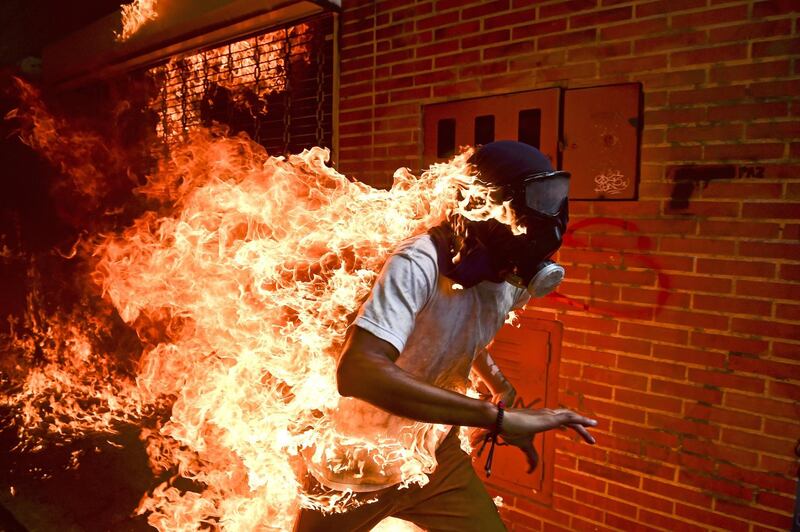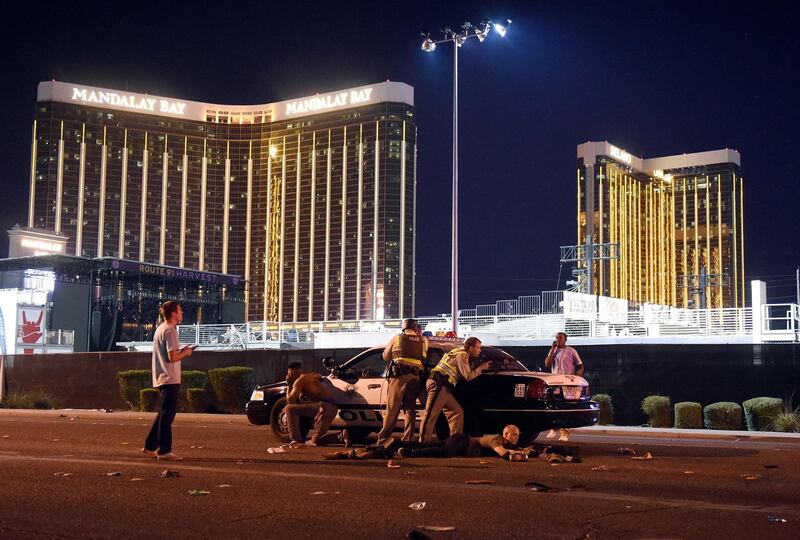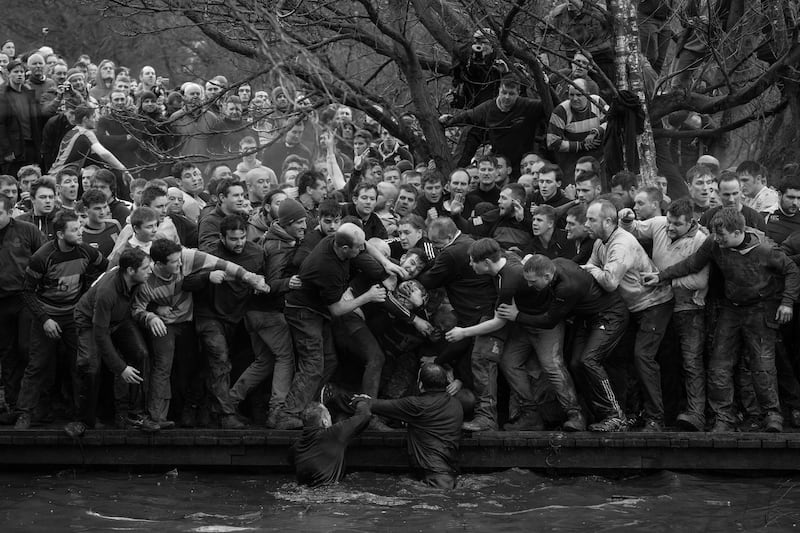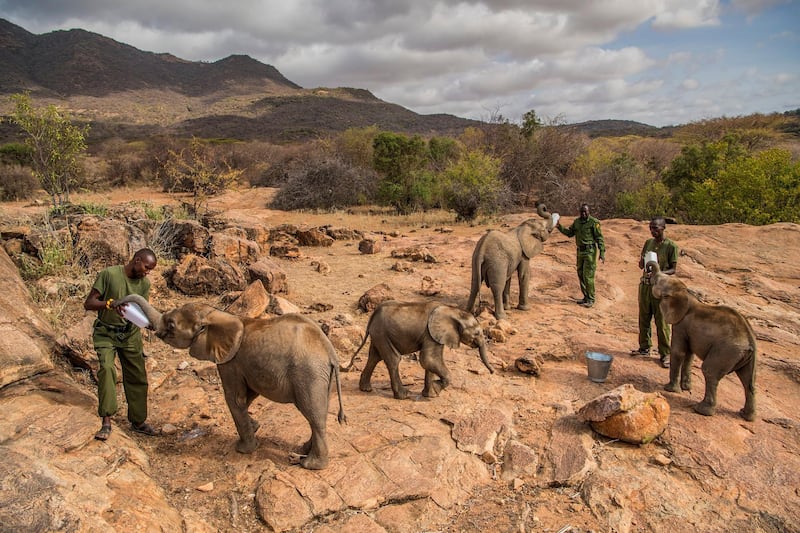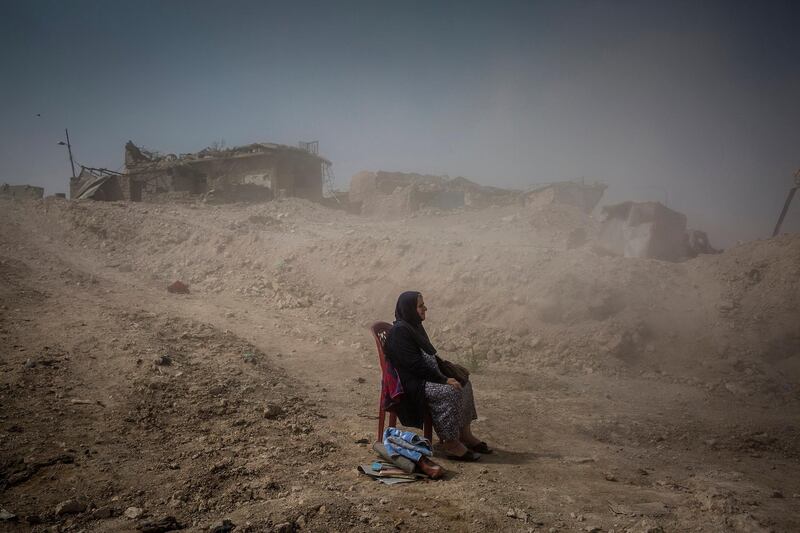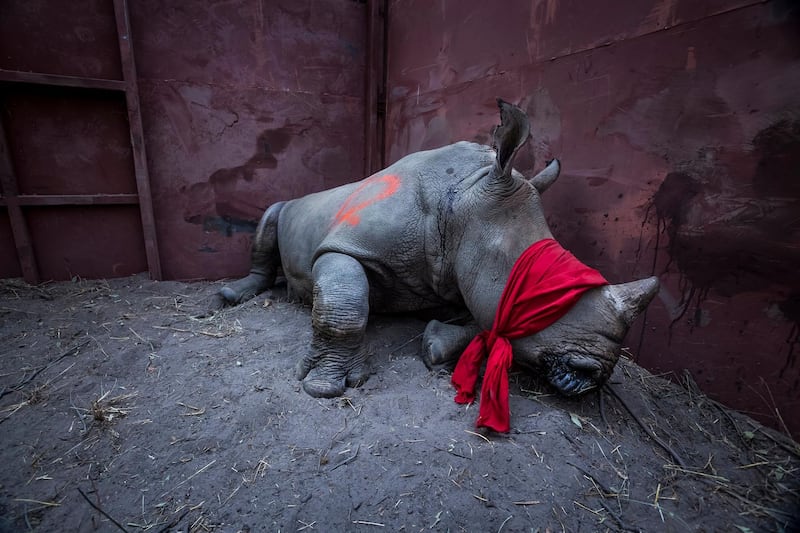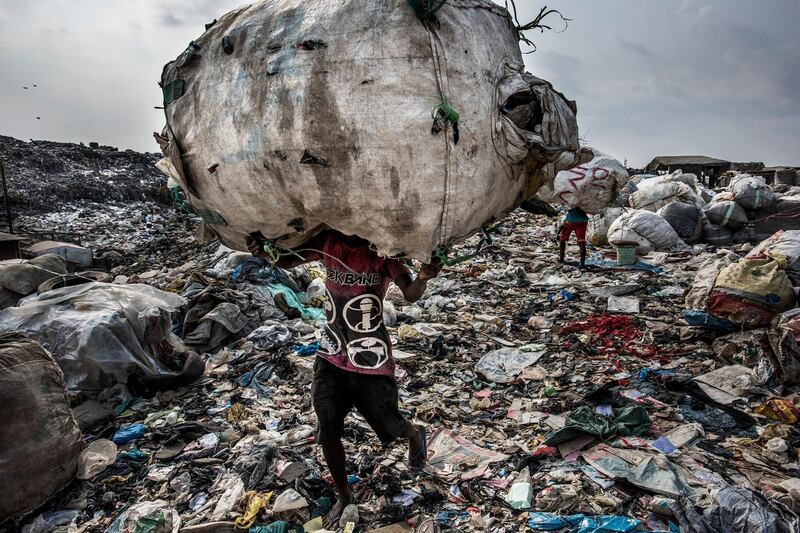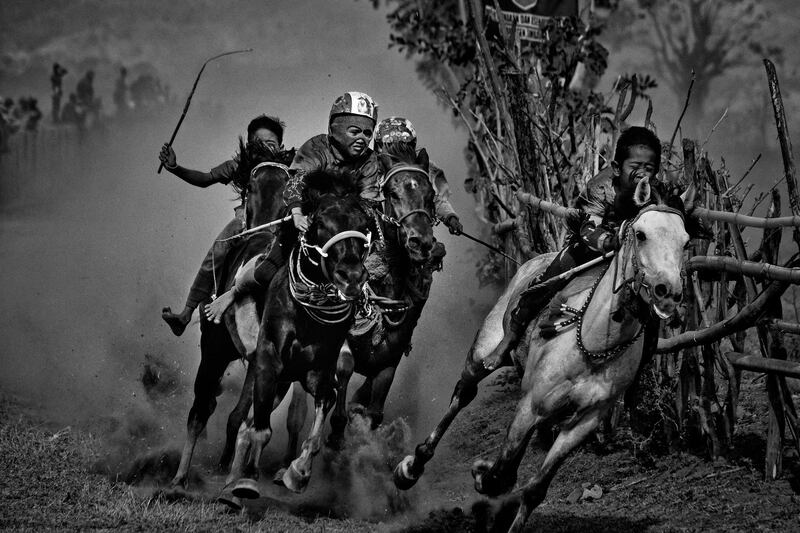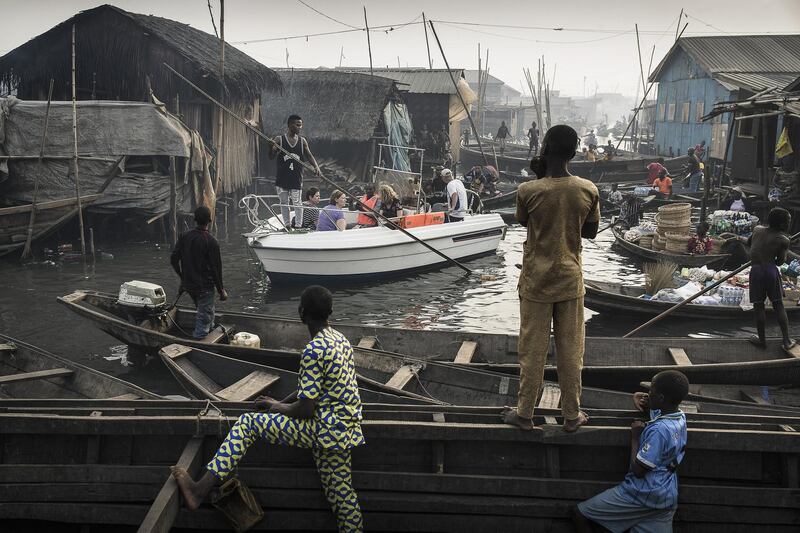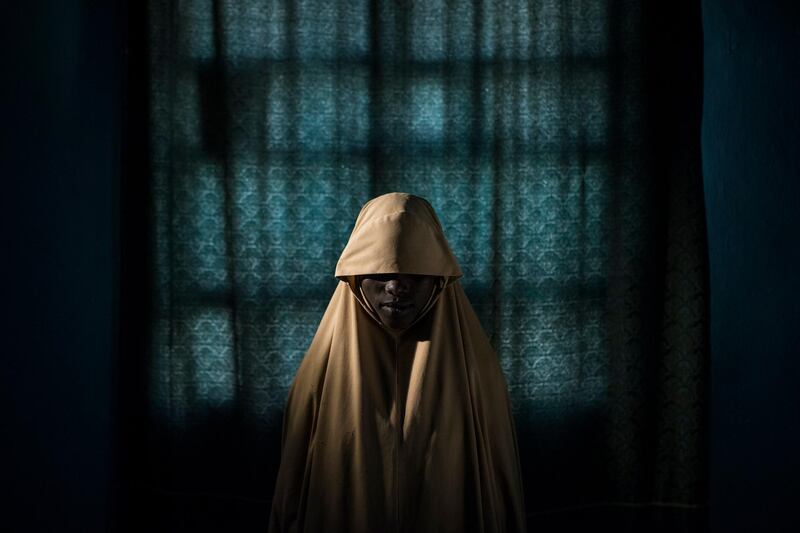Agence France-Presse photographer Ronaldo Schemidt won the prestigious 2018 World Press Photo of the Year Award Thursday with a fiery image of a masked Venezuelan protester which judges said symbolised a country “burning”.
Schemidt’s photo, taken during violent clashes with riot police and protesters demonstrating against president Nicolas Maduro’s regime in Caracas last year, invoked an instant emotion, the judges said.
Mexico-based Schemidt was covering the demonstrations for AFP in May 2017 when the then 28-year-old Victor Salazar went up in flames as he and other protestors were trying to destroy a police motorbike and the gas tank exploded in his face.
“I felt the explosion behind me and I felt the heat and at that moment I turned around, already shooting, but without seeing what was going on,” Mr Schemidt said.
His searing image shows Salazar – who is wearing a mask – running as a cloak of fire envelopes his body. He survived the incident with first and second-degree burns, the competition’s organisers said.
For the chair of the jury, Magdalena Herrera, Geo France’s director of photography, it is “a classical photo” which has “an instantaneous energy and dynamic.”
It has “colours, movement and is very well composed. It has strength. I got an instantaneous emotion,” she said.
But Thursday’s prize is a bittersweet recognition for Schemidt, 46, who is Venezuelan himself, even though he left the country 18 years ago.
“I have conflicting emotions,” he said. “I know as well as anyone what Venezuela is going through.”
Schemidt’s own family has been caught up in the hunger, hyperinflation and shortages that sparked the protests – four months of street battles that left 125 people dead.
Accepting his award and speaking in Spanish, Mr Schemidt said he dedicated to photo “to his family and all the people of Venezuela.”
The seven-member jury heaped praise on the image.
“It’s quite symbolic,” said Whitney C. Johnson, National Geographic’s deputy director of photography.
“The man, he has a mask on his face. He’s come to sort of represent not just himself and himself on fire, but sort of this idea of Venezuela burning.”
Hard hit by sharply lower oil prices on the global market, Venezuela is enduring one of the worst crises in its history. Inflation for this year is forecast to hit 13,000 percent.
From April to July last year angry Venezuelans took to the streets in protest, with 125 people killed as the demonstrations degenerated into clashes with security forces.
Another jury member, Bulent Kilic, AFP’s chief photographer in Turkey, highlighted “one small detail in the picture. There was a gun (painted) on the wall. It reads ‘paz’. It means peace.”
“That also makes this picture strong,” he said.
“This is an immensely powerful photo and this is not an easy picture to take,” Lars Boering, World Press Photo’s director told AFP after the ceremony.
Schemidt said he was “very emotional, and very excited” about the award, adding: “I didn’t think in that moment that I would win any prize with it, but I was really shocked by what I was seeing because I had never seen something that violent.”
